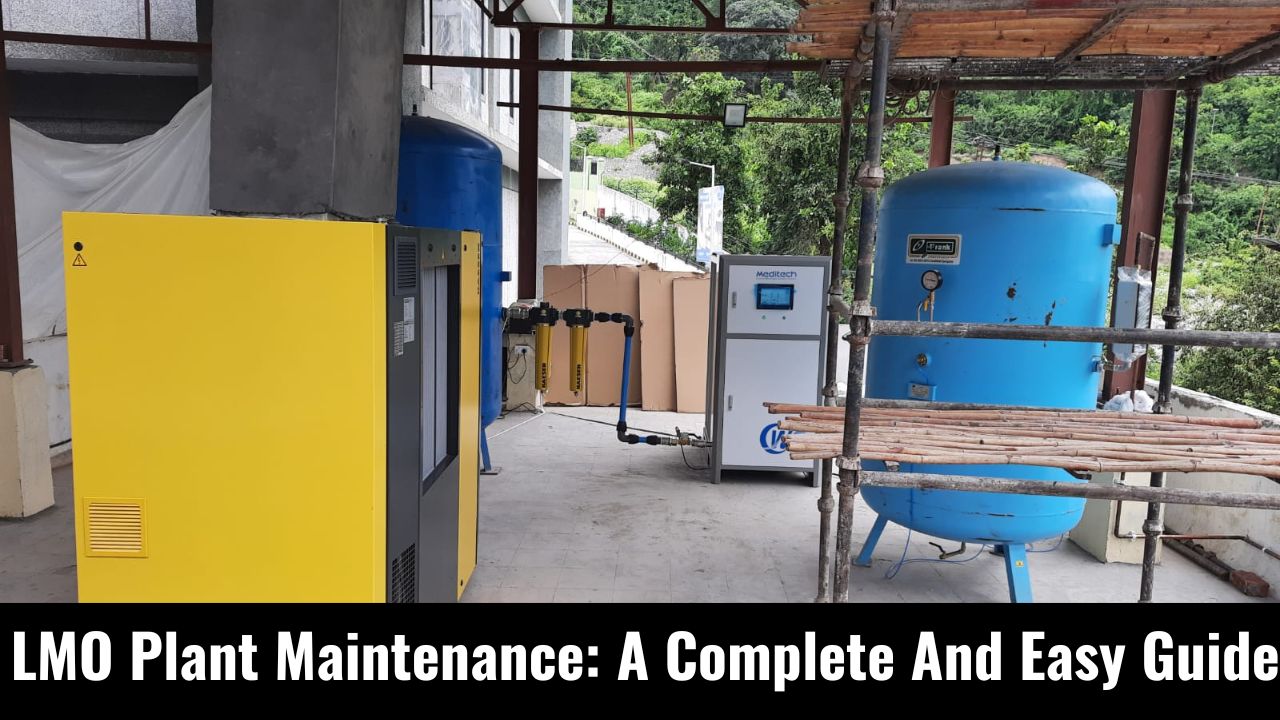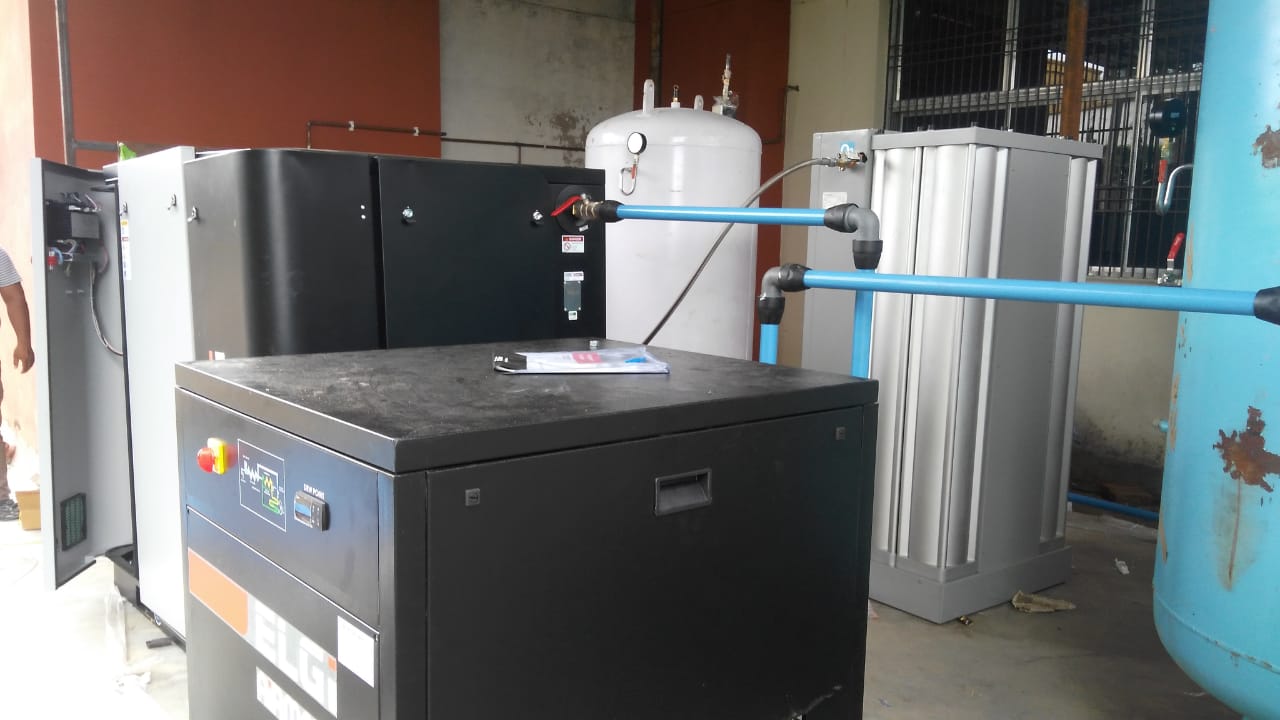The type of medical oxygen that is most frequently utilized is concentrated oxygen. It is available in higher concentrations than the 21% oxygen content of ambient air. The term "40 volume" or "40 percent" has also been used occasionally. Patients who have experienced breathing difficulties as a result of lung disease utilize this sort of medical oxygen.
By cooling oxygen down below its boiling point of -183 degrees Celsius, liquid medical oxygen, also known as LMO, is made. Transporting, storing, and inhaling liquids is simpler than doing so with gases. Only at extremely low temperatures, between -190 and -183 degrees Celsius, does liquid medicinal oxygen remain liquid. It has no color and no smell. The liquid will change back into its molecular gas state when kept at ambient temperature. PET bottles, plastic cylinders, or glass containers are typically used for retail sales.
Air Separation Plants, or ASPs, are the most widely used way of producing oxygen separation. The main purpose of ASPs is to produce medicinal oxygen from nitrogen and oxygen-rich air. The highest conversion efficiency is achieved by ASP, which is more expensive than air separation membrane systems.
A huge volume of pure oxygen (usually, O2 99.5% by mole fraction) is combined with ambient air in an ASP and transported into a low-pressure location where the oxygen is discharged and stored.
LMO Plant Maintenance
The major point to remember while maintenance is:
- (a) For a period of two weeks, the vendor/supplier must plan adequate on-site training for the authorized health facility staff.
- (b) The vendor or supplier is required to offer refresher training when a service engineer is scheduled to perform planned preventive maintenance.
- (c) The provider shall be accountable to the hospital management committee for the maintenance, repair, and safety of the entire installation and LMO connected to the liquid oxygen vessel.
- (d) The oxygen tank, together with any related machinery, control panels, pipelines, etc., shall be covered by CAMC for a period of five years.
- (e) The vendor or provider must offer an online helpdesk and complaint system.



